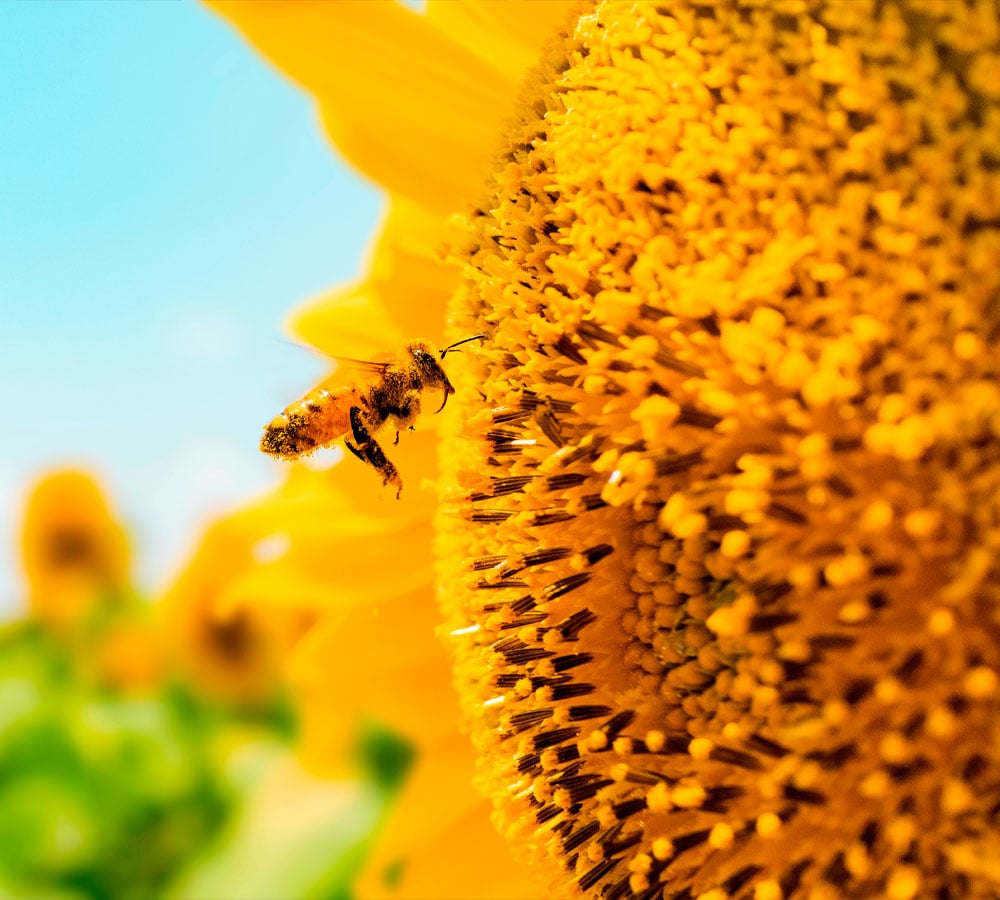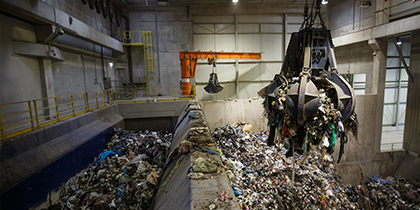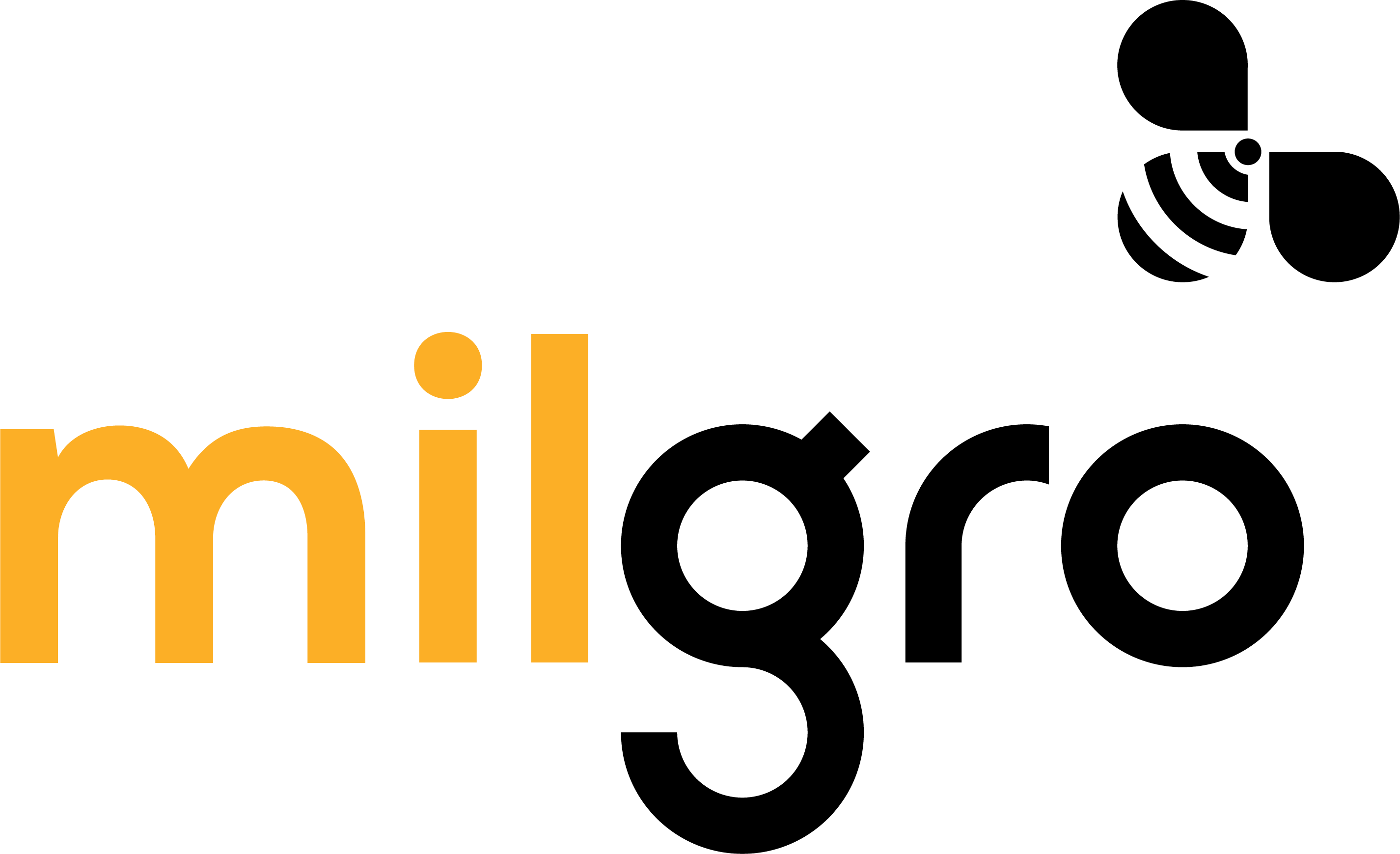In the Speech from the Dutch Throne presented on Budget Day, the government announced changes for the waste market. In the coming years, landfilling and incinerating waste will become more expensive. The waste materials tax (ASB)-a national tax levied on the landfilling and incineration of residual waste-will rise from €39.70 per ton to €90.21 per ton from 2028 and as high as over €113 per ton in 2035.
In addition, in 2029 there will be an additional levy on "landfill with exemption. This means that waste that should normally be incinerated, for example residual waste from households or companies that can no longer be recycled, can still be landfilled temporarily.
CO2 tax for waste incineration
The CO2 levy for waste incinerators is also going to rise sharply in the coming years. This means that incineration plants will pay extra for the emissions of CO2 released when burning fossil raw materials, such as plastic.
With these measures , the government wants to make landfill and incineration less financially attractive, encouraging companies and municipalities to reduce waste, separate better and recycle more.
Who pays the bill?
According to the government, about 40 percent of the increase in the ASB and CO2 tax will fall on companies and 60 percent on municipalities. Households are expected to pay about 40 euros more per year from 2029 as a result.
''The announced changes in the waste market show that the Netherlands is preparing for the European Union's circular targets. By 2050, the EU wants to be fully circular. For companies, this means that standing still is no longer an option. Those who do not move along towards circular entrepreneurship run into higher costs and concrete business risks. By separating waste better and reducing the amount of residual waste, organizations can not only limit these charges, but also structurally reduce their use of raw materials and environmental impact," said Gijs Managing Director at Milgro.
Getting started with the waste streams at your company site
At Milgro, we help your company with an analysis of the waste streams released at your business location. With a waste scan, we map out where waste is generated and where separation can be improved. With these insights, we help you organize your waste streams more efficiently and separate them better. This means less residual waste, lower waste costs and preservation of valuable raw materials.
Stay informed
Want to stay up to date with the latest developments? Follow us on LinkedIn and Instagram or subscribe to our newsletter. Curious about what Milgro can do for your operations and waste process? Feel free to get in touch .















